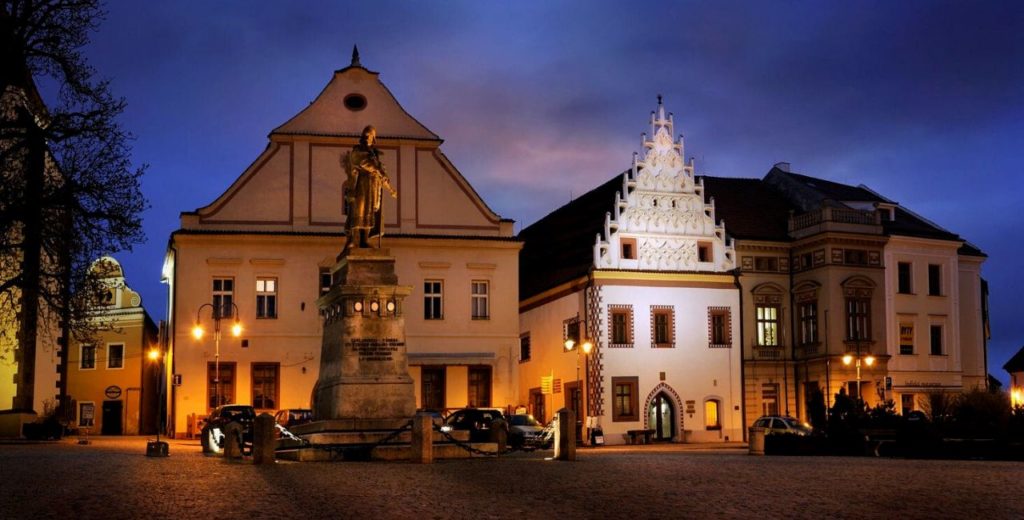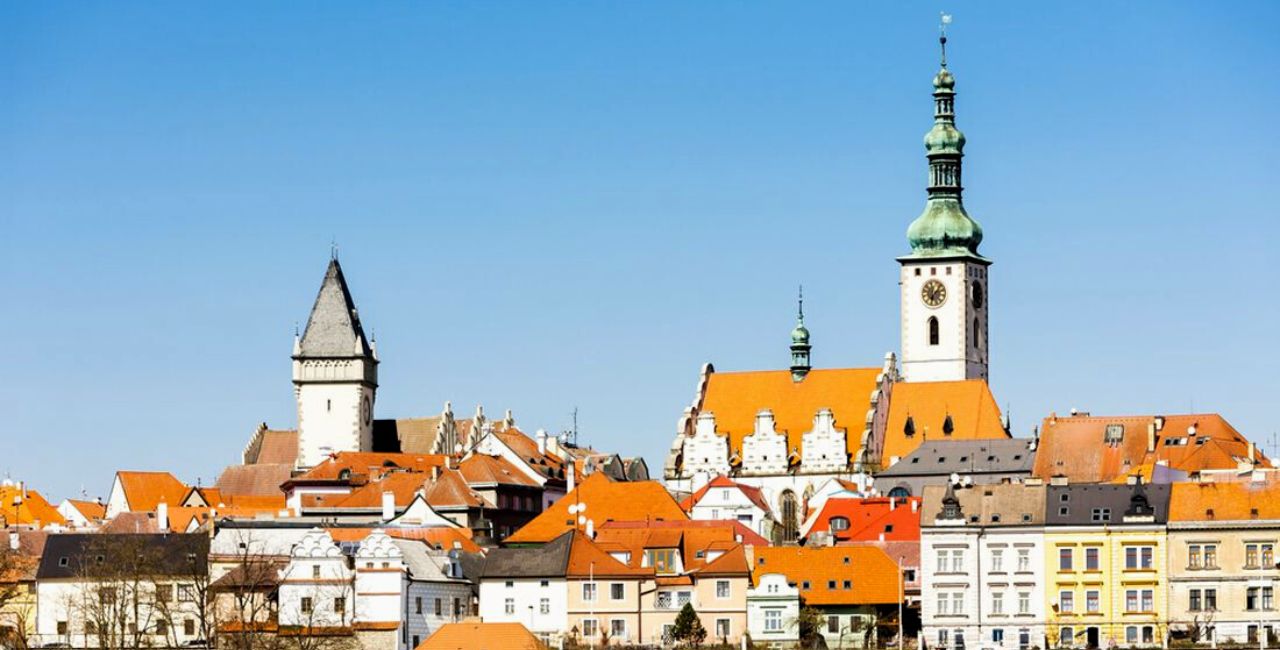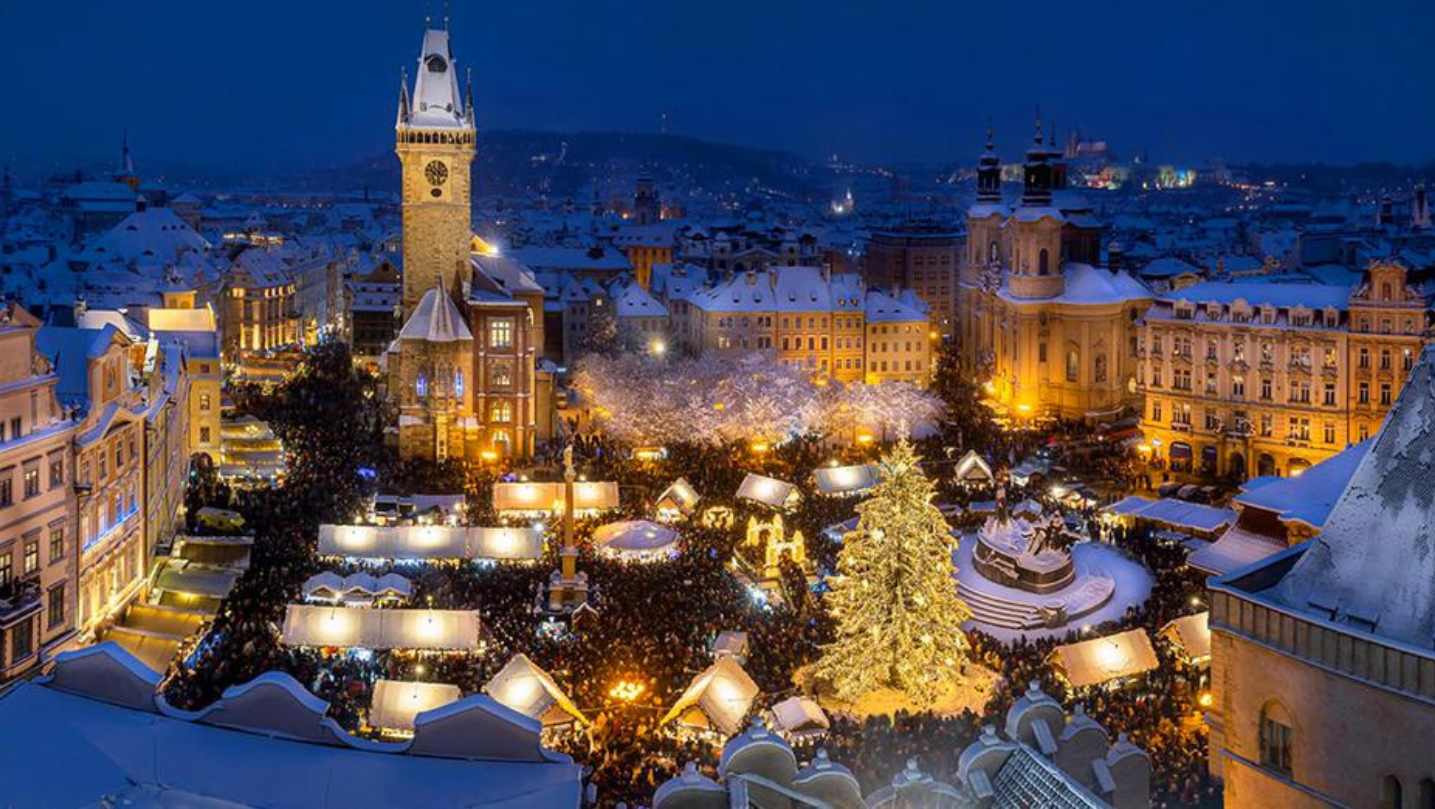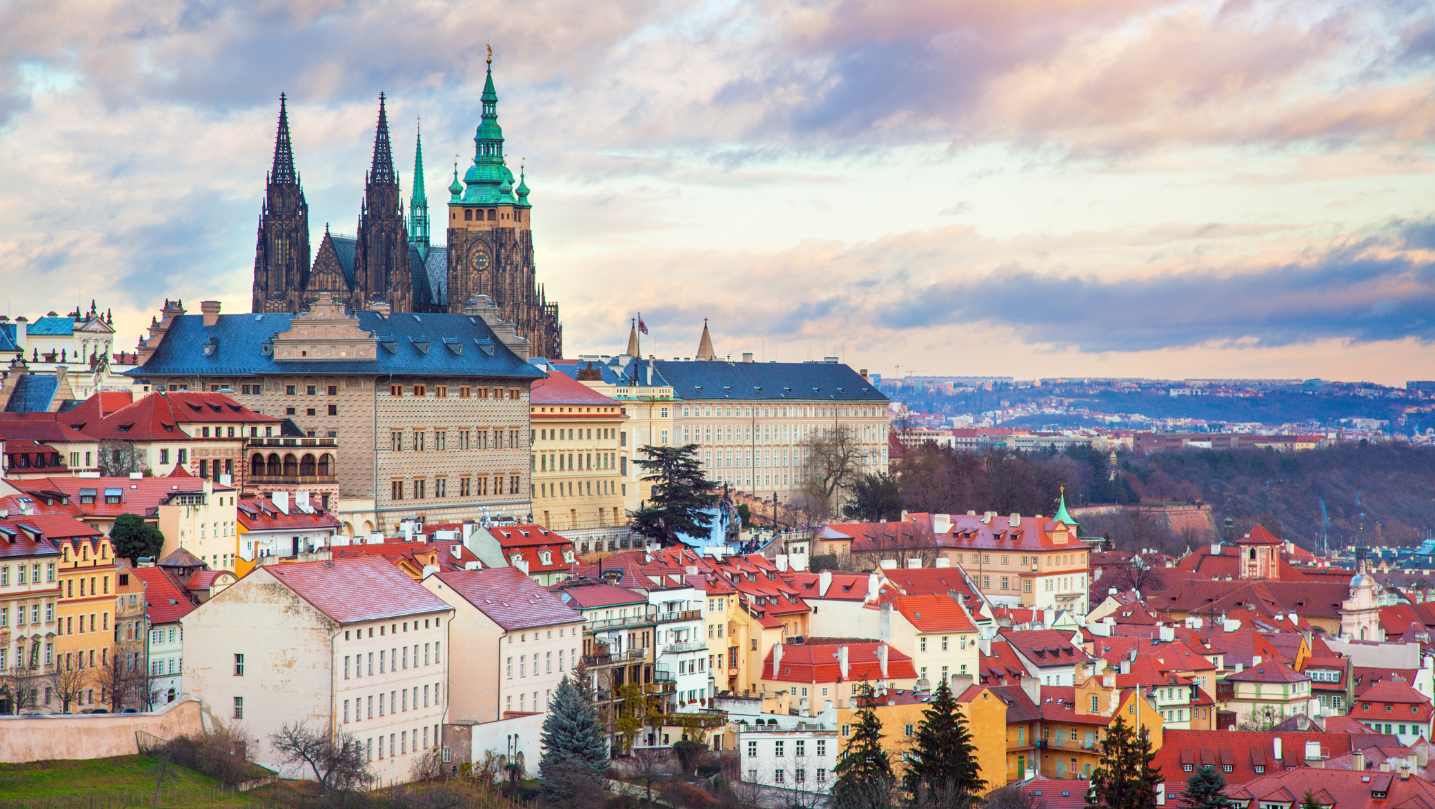Tábor is an easy day trip from Prague (by train or by bus), and it is a fascinating journey into times past.
The city was founded as a commune in 1420, when the Hussite Wars were in full and brutal swing. Two Hussites, Jan Bydlínský of Bydlín and Petr Hromádka of Jistebnice, were the co-founders.
They were members of a Hussite faction that came to be known, not surprisingly, as the Taborites. Tábor (which, in Czech, means “camp”) was the place in which legendary Hussite general Jan Žižka trained farm workers to become skilled soldiers, using the brilliant tactic of repurposing farm tools – the tools which the men were used to handling – into weapons of war.
Žižka never lost a battle, and the commune thrived. When anyone joined the group at Tábor, that person threw all of his or her worldly goods onto a common heap and went to work for the good of the community.
The Taborites steadfastly refused to acknowledge the authority of the King of Bohemia, even though King (and Holy Roman Emperor) Sigismund granted it the status of a royal town in 1437.
The town remained unconquered until 1452, when George of Podĕbrady (in Czech, Jiří z Podĕbrad) rode in with his troops and subjected it to the authority of the king.
The town flourished during the late 15th century, and well into the 16th. Two major fires swept through the town, in 1532 and 1559, destroying many wooden burgher houses. These houses were later rebuilt in stone, with rich sgraffito decorations.
True to their rebellious nature, the Taborites refused to side with the Catholic Habsburg monarchy against the Protestant Czech noblemen in 1618. This, of course, meant that the town was invaded and pillaged three years later; in 1648, the year the Thirty Years’ War finally dragged to a halt, Swedish troops also invaded and looted Tábor.

The Hussite Museum in the city center (on Žižkovo námĕstí) contains artifacts from Hussite times, including the farm implements that became weapons.
Visitors can also see the underground tunnels, used for storing food and water, as well as serving as shelters in case of invasion or (as so often happened) fire. For those wishing to spend more time underground, a Haunted Underground Museum is also available.
Families with children will be delighted by the LEGO Museum, the Museum of Chocolate and Marzipan, and the zoo. Furthermore, Hussite Days (which are geared at children) are held every June. Adults will enjoy the Brewery Museum, the Museum of Photography, the Museum of Music, and the Botanical Garden.
True to its roots, the city also features a statue of Jan Hus and a statue of Jan Žižka.
A day trip to Tábor is easily undertaken. For those without a car, the train and the bus travel there from Prague. The train takes a little over an hour from Prague’s main station. The bus runs from Prague’s Florenc station, taking an hour and a half. Once there, enjoy your day out!
-
NEWSLETTER
Subscribe for our daily news










